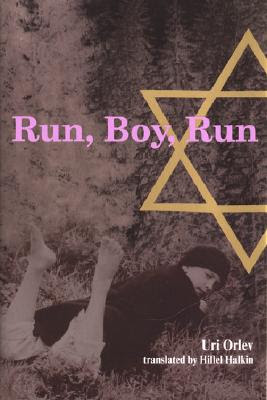Author: Susan Campbell Bartoletti
Illustrator: N/A
Grade Level Equivalent: 7.9
Lexile Measure: 1040L
Genre: Children's Literature
Subgenre: Information
Theme: Survival
Primary and Secondary Characters: Various
Awards: NCTE Orbis Pictus Award (Won, 2002)
Golden Kite Awards (Won, 2001)
American Library Association Notable Books for Children (Won, 2002)
Carolyn W. Field Award (Pennsylvania Library Association) (Won, 2002)
Robert F. Sibert Informational Book Award (Won, 2002)Date of Publication: 2001
Publisher: Houghton Mifflin Harcourt
ISBN: 0618002715
Black Potatoes tells the story of the Great Irish Potato Famine that occurred from 1845-1850. The weather in Ireland had never been 100% consistent, but things took an even stranger turn in 1845. News reports started coming in about potato fields that had turned black overnight. But these types of reports were not altogether unheard of. Potato crops had failed in the past but it was never widespread and most people assumed their crops would survive. When it came to potatoes, they were harvested twice each year: once in late August and again in October. Some of the potatoes that were harvested were taken in to the houses to be eaten and others were stored in pits or cellars and covered up to keep them in supply for the winter. During the fall of 1845, residents said the weather continued to be strange enough to cause some worry but too terrible to cause panic. It was reported that winds and heavy rains brought a strange odor to the area. Farmers watched their crops, but everything seemed okay with them. It wasn’t until October, when one day the afternoon sky went dark and by nightfall, a thick, blue fog covered the area. The next morning, residents were awakened by a smell so strong and foul it could only be one thing: rotten potatoes. Sure enough, every potato field in the country was ruined, full of rotten potatoes. Not only that, but the potatoes in the houses, pits, and cellars were rotten and inedible as well. Over the course of the five year period, these “blights”, as they were called came and went. In all, one million people died from starvation and disease and two million more were driven away from Ireland.
This book would be great to have in a classroom. It tells a story that is not often told, at least not around here. I, myself, had heard of the Irish Potato Famine, but only the gist of the story. The book itself reads like a text book so it may be hard for students to read this and stay interested and focused. The story may be one that is told to the students as a lecture with pictures from the time period, news articles if any are available, and any other resources that could be used to make it more real and interesting to the students in this day and age. This book would be great to have so that students could read about another culture and how they dealt with one of the greatest disasters in their history. It would also be great to spark discussion about how they, in modern times, would react to having a famine in the United States. How would they deal with it and what would they do to survive? It’s a great way to get students thinking.














